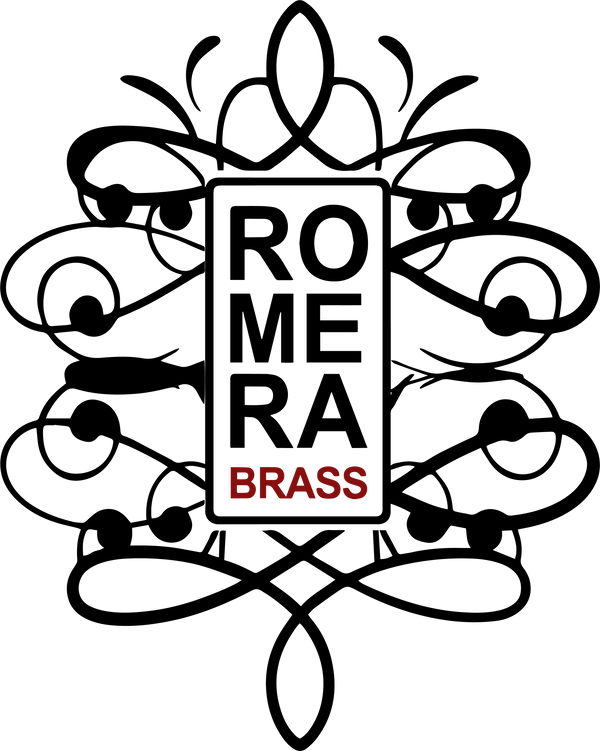
22. Backbore, where is it located and why is it so important?
Share
NOTE: Transcription of the text of the video, you can translate it into other languages with the Google translator
Hello Brass players
In this new chapter No. 22 of Romera Brass ACADEMY
We are talking about the backbore, we will see where it is located and how important it is for you to have the best mouthpiece.
The backbore is a mystery, nobody talks about it and nobody or almost nobody knows how it works, but perhaps it is the most important part of the mouthpiece.
Let's start!!!!!!!!!
The backbore is this part here.
Just when the throat ends, the backbore begins.
It differs from the throat by its shape, the throat has a cylindrical shape, a hole with straight walls and the backbore has the shape of a cone.
If, for example, we have a backbore with a single cone.
Just when the throat ends, the cone of the backbore begins.
We start from the diameter of the throat and it gets larger until it reaches the end of the mothupiece and this would be the shape of a cone.
The backbore can be more complex and has several cones inside, this depends on what we want to achieve.
The shapes of the backbore, like any other part of the mouthpiece, can be modified infinitely, so we can have thousands of different shapes and in each modification that we can make, we will have very different results.
We will see the most used forms in future chapters of Romera Brass ACADEMY
The backbore has two different functions.
On the one hand, it regulates the passage of air, the pressure and speed of the air that you blow, this has a lot of influence on the staccatto, flexibility, or in the high register, among other things and on the other hand, it collects sound waves, or in other words,it collects the sound produced by the vibration of the lip and channels it to the interior of the instrument.
A double function that makes it twice as complex.
If you blow a lot or little air, or have a very hard stacatto, or a stacatto with little tongue...
Well!!! You know,
Each musician has a way of blowing air and as I mentioned before, the backbore regulates and focuses the little or a lot of air that we blow.
So it's very, very important that I'm in balance to your playing.
Today we have seen: the backbore.in general.
Where it is located:. starts after the throat and goes to the end of the mouthpiece.
the shape it has, I have told you that it has the shape of a cone
and the two functions that the backbore has. Ryegulates the passage of air and also collects the vibrations of the lip to take them to the interior of the instrument.
We will continue talking about the backbore in future chapters.
I remind you that you can choose my mouthpieces from the Custom series between three different backbore shapes.
I'm Toni Romera and we'll see you in the next video.
Remember to leave me your questions and comments.
Greetings and lots of music
More information "Truncated cone": shape of the mouthpiece backbore.
A truncated cone is a geometric figure that is obtained by cutting a cone through a plane that does not pass through its vertex, but rather through it in a position parallel to the base.
This figure consists of two circular bases, one larger and one smaller, and a lateral surface that forms a truncated cone.

